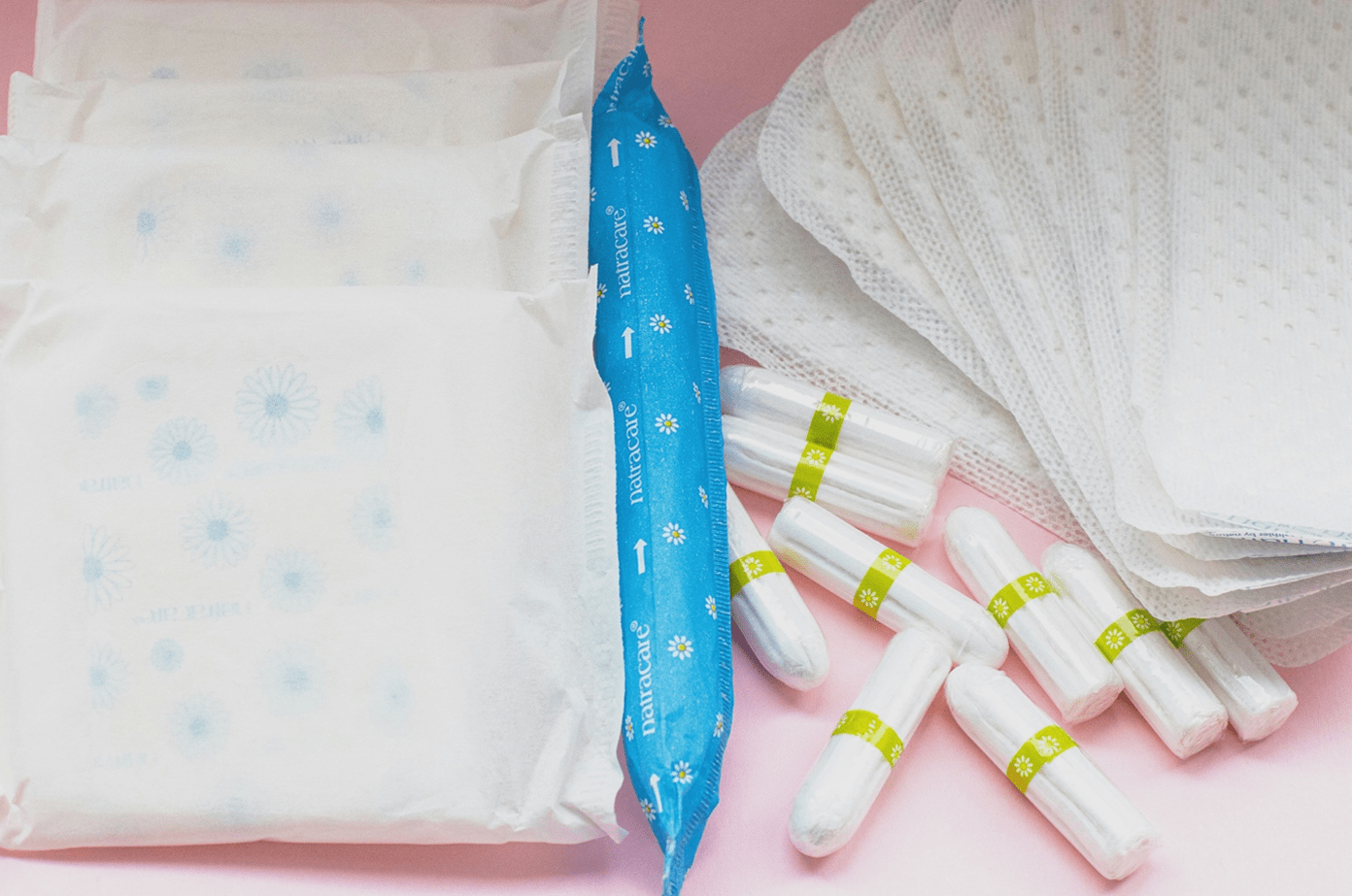Photo by Siora Photography on Unsplash
If you menstruate, you can use your hormonal changes to benefit your sports and weight management. The different phases of your menstrual cycle may help explain why some days you don’t feel like exercising, while other days you have a lot of energy. Hormonal ups and downs during the cycle can affect your physical performance and weight. Many believe that adjusting your training to match your menstrual cycle can make it more effective and safer.
Learn more about how vitashape tracks your training effectiveness.
Understanding the Menstrual Cycle
The menstrual cycle is a natural and crucial process in the life of a woman or menstruating individual. The uterine lining undergoes changes, an egg matures, and other alterations are finely regulated through the hormonal cycle. It begins with the first day of menstruation and ends the day before the next menstruation. The duration varies, typically ranging from 25 to 35 days. The female cycle can be divided into the following phases:
1. First half or Menstrual Phase:
– Uterine lining sheds, causing bleeding; “softer” ligaments.
2. Follicular Phase:
– Egg production; initially low levels of estrogen and progesterone; basal temperature lower than in the second half.
3. Ovulation Phase:
– FSH and LH rise; anabolic metabolic situation; estrogen decreases; increased energy.
4. Luteal or Corpus Luteum Phase:
– Rising progesterone, falling estrogen; higher body temperature; decreased energy; hormone levels drop without fertilization.
Effects of the cycle on mood, metabolism, energy levels, etc., vary from person to person.
1. Menstrual Phase
During this phase, due to a lack of progesterone (corpus luteum hormone), the endometrium (uterine lining) detaches and is expelled through uterine contractions – resulting in bleeding.
2. Follicular Phase
FSH stimulates the growth of several follicles in the ovaries – each containing an egg – with only one usually maturing. Meanwhile, estrogen levels rise, contributing to the rebuilding of the endometrium.
3. Ovulation Phase
Just before ovulation, estrogen peaks. During ovulation, estrogen decreases, while FSH and luteinizing hormone (LH) rapidly rise. Body temperature also increases. If the released egg is not fertilized within 24 hours, it dies.
4. Luteal Phase
FSH and LH decrease. The follicle’s shell forms the corpus luteum, which produces progesterone. This prepares the endometrium for the implantation of a fertilized egg. Meanwhile, estrogen increases. If no fertilized egg implants, the corpus luteum regresses, and progesterone and estrogen levels drop – initiating a new cycle.
These phases are individualized for each menstruating person. A menstrual calendar or cycle app helps understand one’s own body. However, hormonal contraceptives, like the pill, disrupt the natural cycle.
Hormones & Performance: Adapting your training to the cycle
Due to the highly individual nature of the menstrual cycle and the absence of clear scientific data, providing a definitive recommendation for cycle-based training is challenging. Nevertheless, understanding one’s natural menstrual cycle is generally beneficial. Coaches can incorporate the cycle and its symptoms into training and weight management for their clients.
Furthermore, the psyche significantly influences performance and adherence to dietary changes. In this regard, a simple metabolic test can be supportive. Through a non-invasive breath gas analysis (e.g., with vitashape from VitaScale), metabolism can be quickly and effortlessly measured, representing the body’s current state across various health parameters.
Be the first to experience personalized health insights through breath analysis using vitashape.
👉 Join VitaScale’s Indiegogo campaign now and be a part of a growing family
Author: Lisa Schräder
Translation: Bruna Rocha
Source:
Armour M., Parry K.A., Steel K. & Smith C.A.: Australian female athlete perceptions of the challenges associated with training and competing when menstrual symptoms are present (2020), URL: https://journals.sagepub.com/doi/abs/10.1177/1747954120916073?journalCode=spoa#:~:text=Period%20pain%20(82%25)%20and,reported%20by%2042%25%20of%20athletes (Stand: 20.01.2024).
Balchandar V., Marciniak J., Wall O. & Balchandar C.: Effects of the menstrual cycle on lower-limb biomechanics, neuromuscular control, and anterior cruciate ligament injury risk: a systematic review (2017), URL: https://www.ncbi.nlm.nih.gov/pmc/articles/PMC5505581/ (Stand: 20.01.2024).
Bruinvels G., Goldsmith E., Blagrove R., Simpkin A. et al: Prevalence and frequency of menstrual cycle symptoms are associated with availability to train and compete: a study of 6812 exercising women recruited using the Strava exercise app (2021), URL: https://pubmed.ncbi.nlm.nih.gov/33199360/ (Stand: 20.01.2024).
Constantini N.W., Dubnov G. & Lebrun C.M.: The menstrual cycle and sport performance (2005), URL: https://pubmed.ncbi.nlm.nih.gov/15892917/ (Stand: 20.01.2024).
Lebrun C.M.: Effect of the different phases of the menstrual cycle and oral contraceptives on athletic performance (1993), URL: https://link.springer.com/article/10.2165/00007256-199316060-00005 (Stand: 20.01.2024).
Lebrun C.M., McKenzie D.C., Prior J.C. & Taunton J.E.: Effects of menstrual cycle phase on athletic performance (1995), URL: https://pubmed.ncbi.nlm.nih.gov/7752873/ (Stand: 20.01.2024).
Platen P., Han A. & Soog E.: Menstruationszyklus-gesteuertes Krafttraining, Makroskopische Adaptationen an Krafttraining in Abhängigkeit vom hormonellen Milieu (2008/09), URL: https://www.bisp.de/SharedDocs/Downloads/Publikationen/Jahrbuch/Jb_200809_Artikel/Platen_33.pdf?__blob=publicationFile&v=1 (Stand: 20.01.2024).
Redaktionsteam der Monks Ärzte-im-Netz GmbH mit Dr. Scharrel D.: Weiblicher Zyklus – wann sind die fruchtbaren Tage? (2018), URL: https://www.frauenaerzte-im-netz.de/familienplanung-verhuetung/natuerliche-familienplanung/weiblicher-zyklus-wann-sind-die-fruchtbaren-tage/ (Stand: 20.01.2024).
